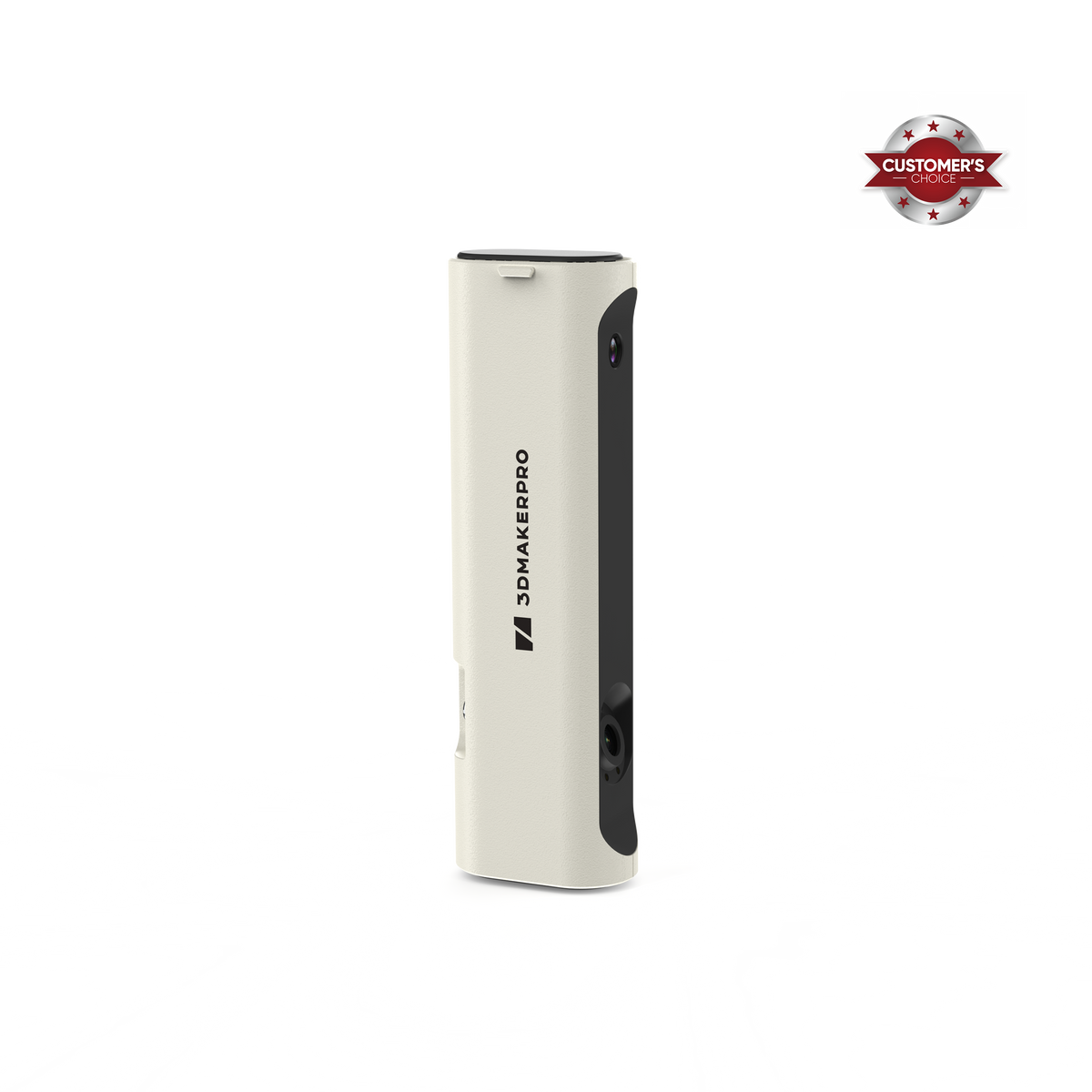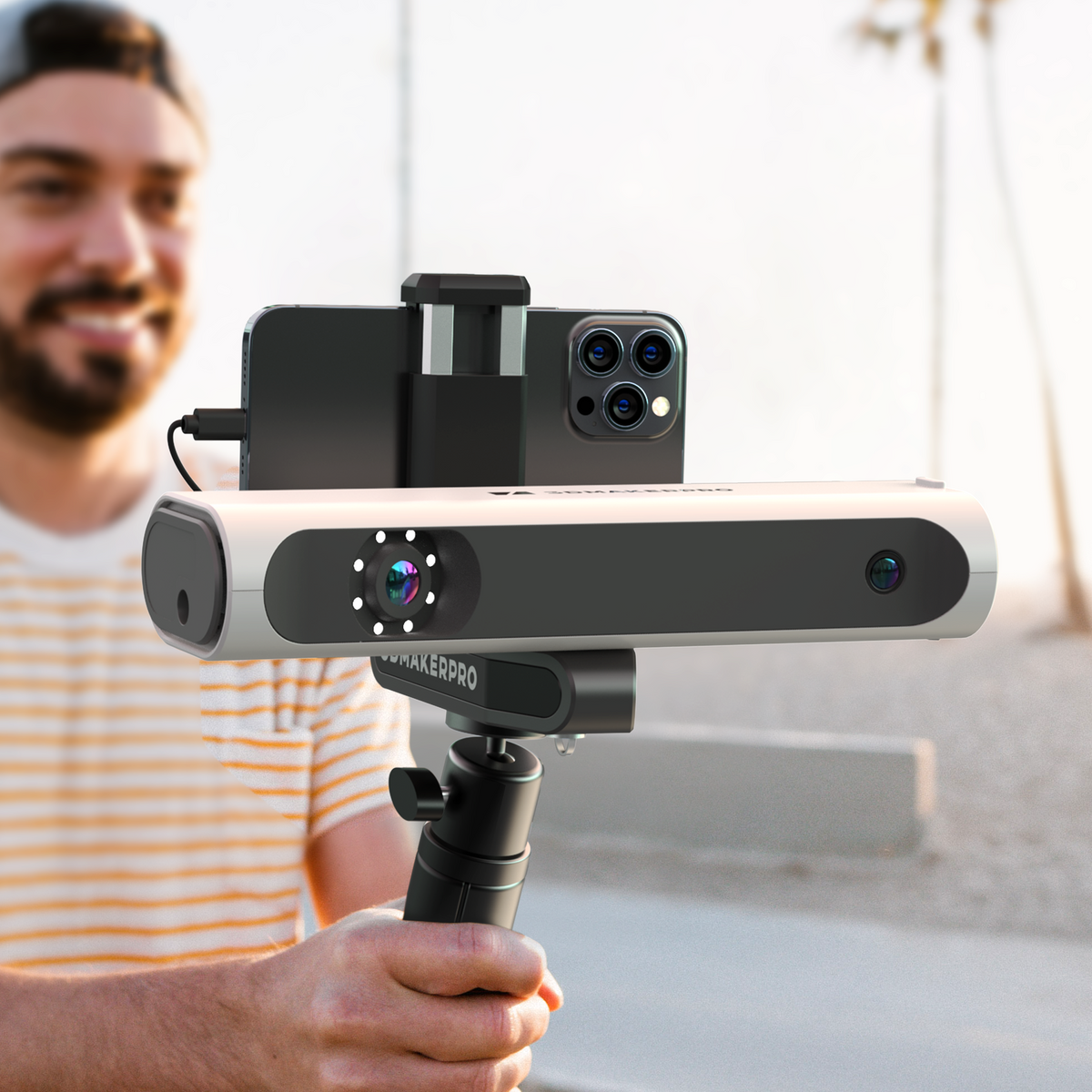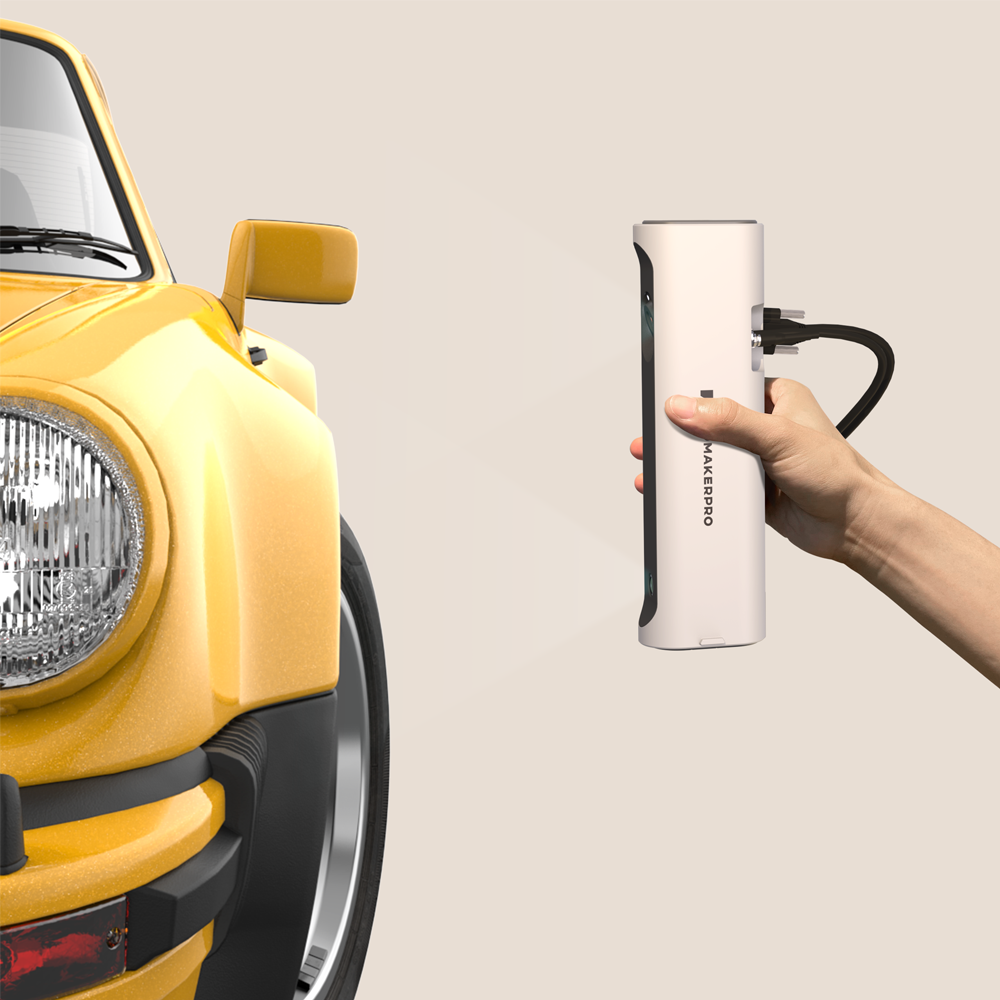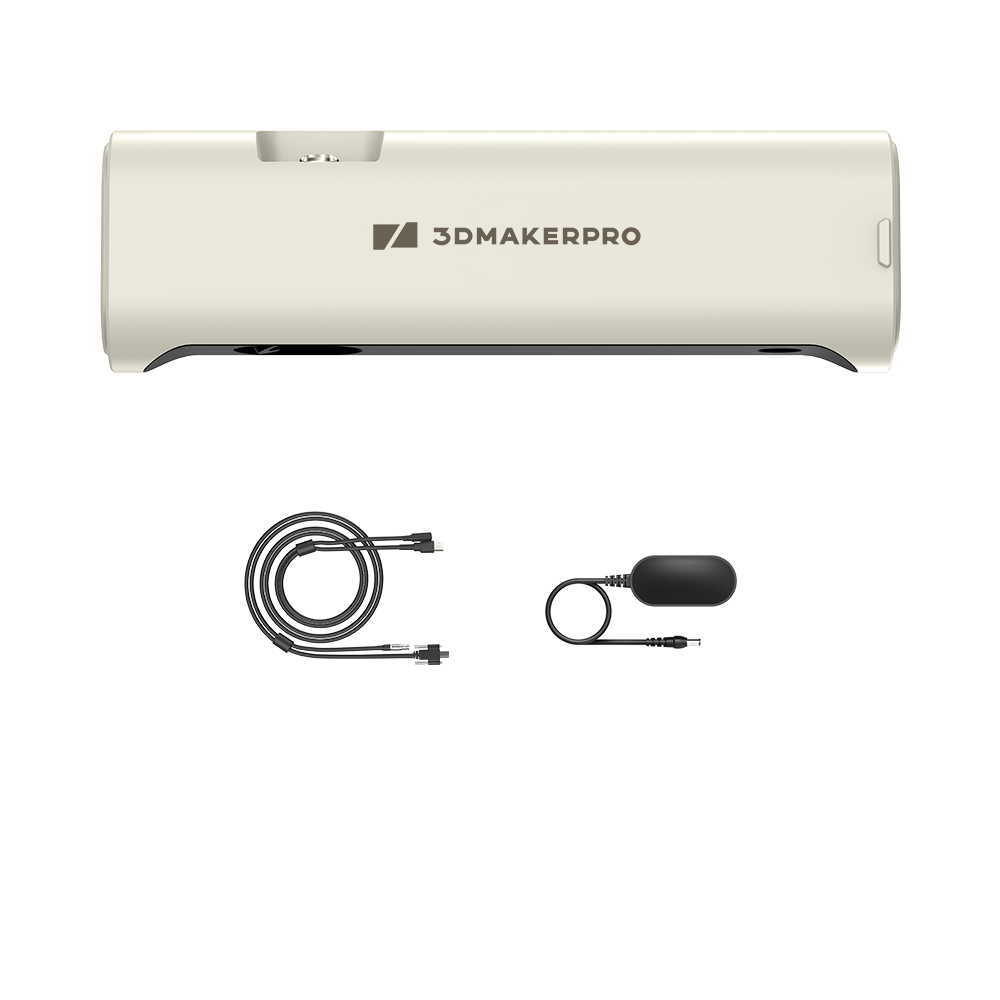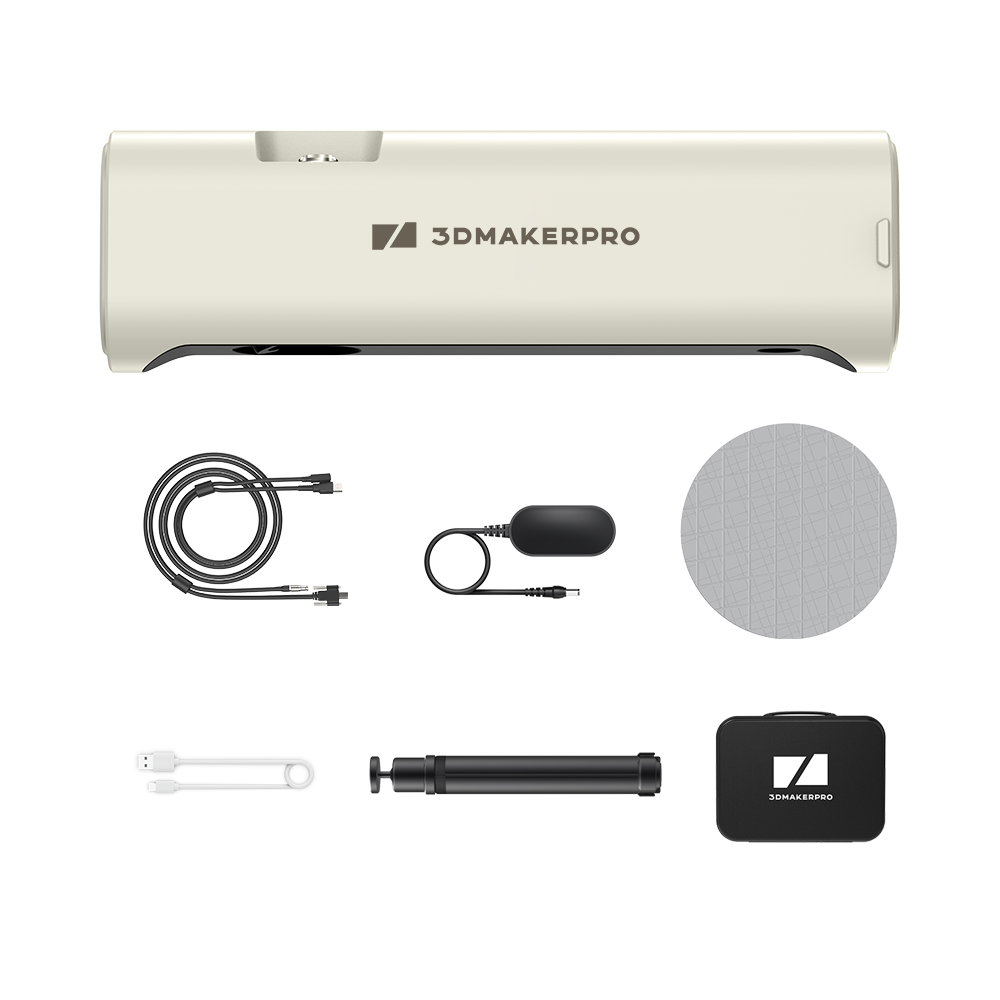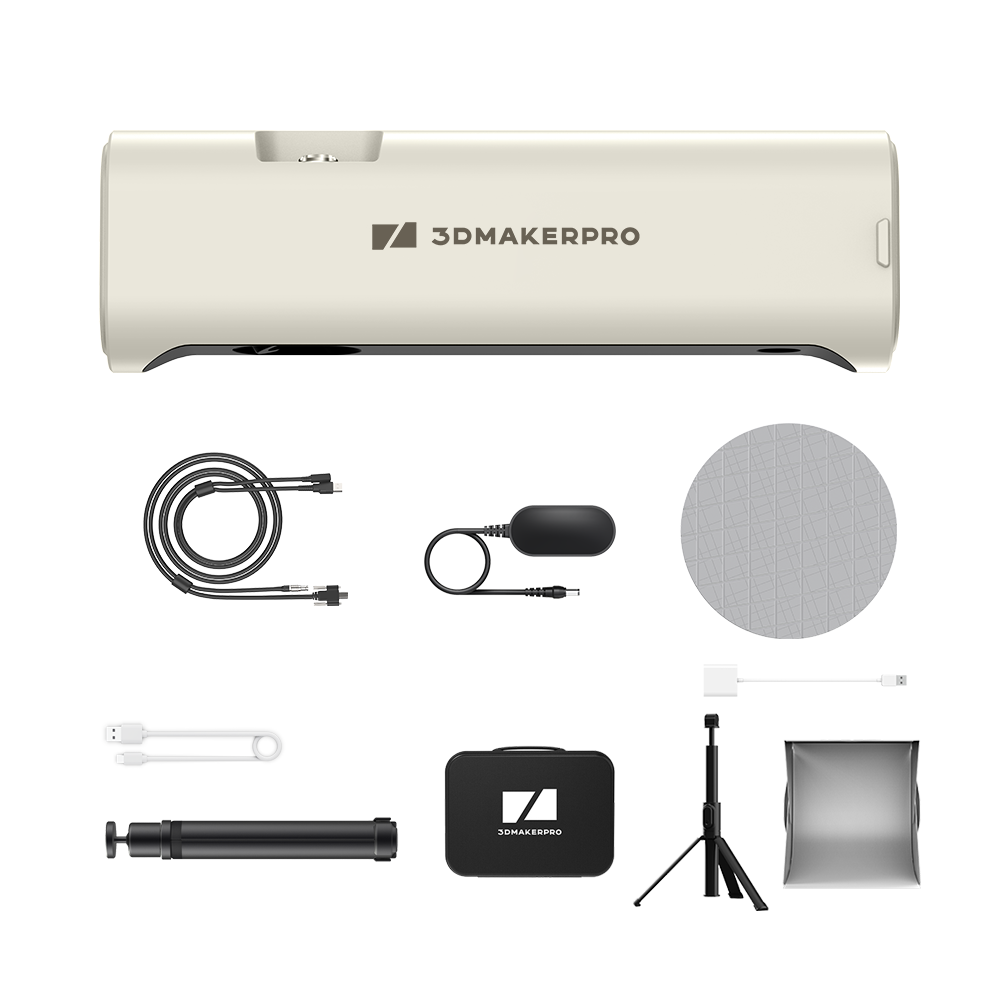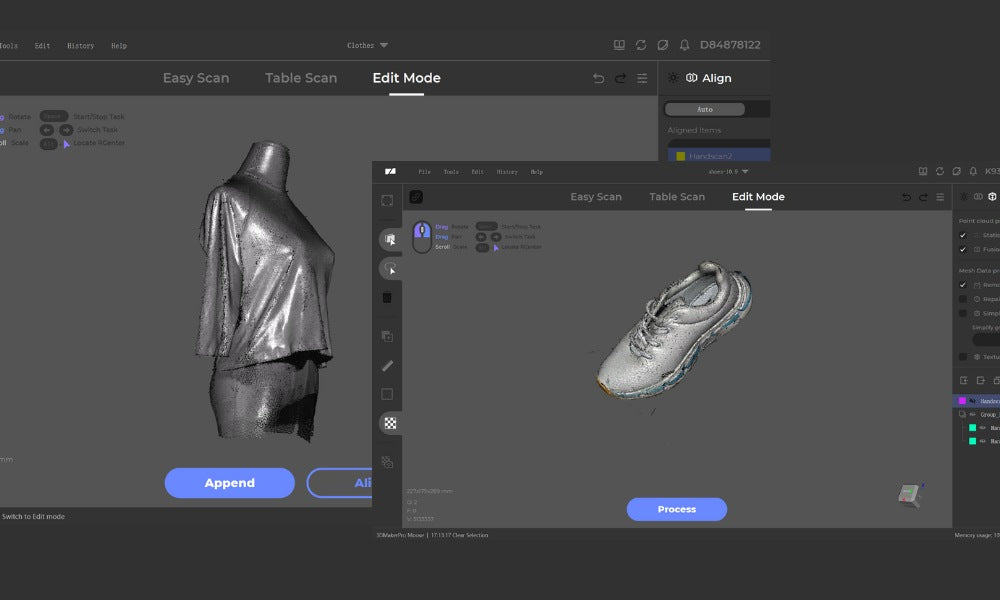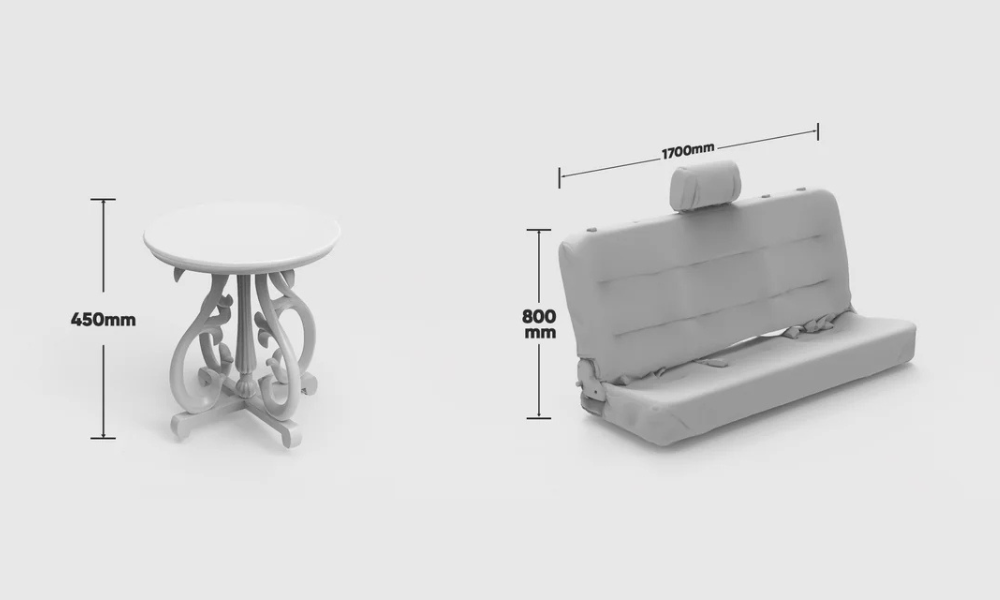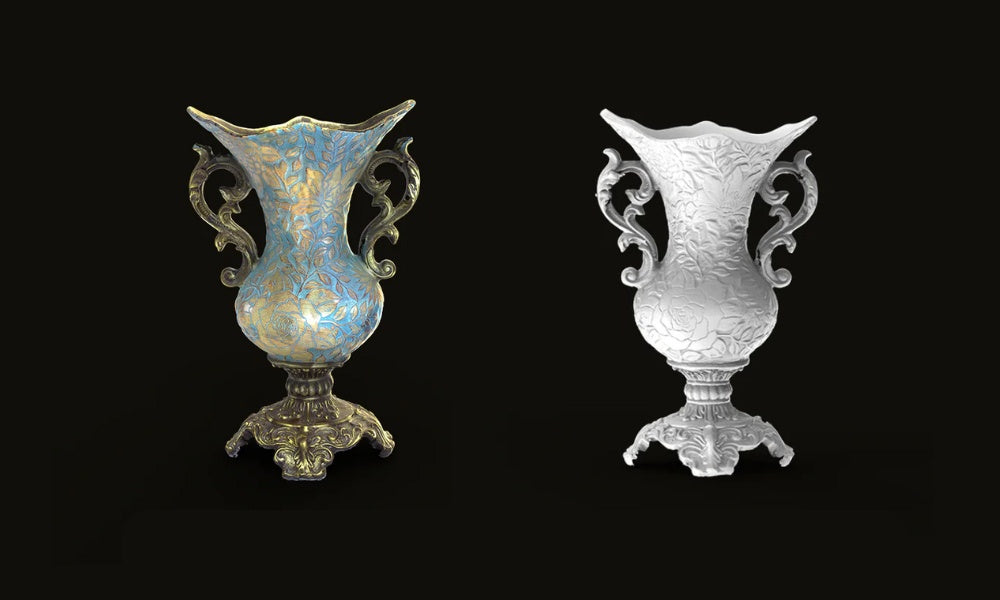3D Models
Fashion Design
Incorporating 3D scanning technology into the fashion industry can create a significant impact. Designers can utilize Lynx machines, known for their extensive scanning range and rapid imaging capabilities, to scan garments and then process and manipulate these scans using Geomagic Wrap for 3DMakerpro (Essential). This combination allows for the custom creation of the latest fashion styles, enhancing brand identity and bringing inspiration to life. For shoe design, the high-precision Moose scanner, with its color imaging and detailed texture capture, serves as an invaluable resource for designers, facilitating innovative footwear creation.
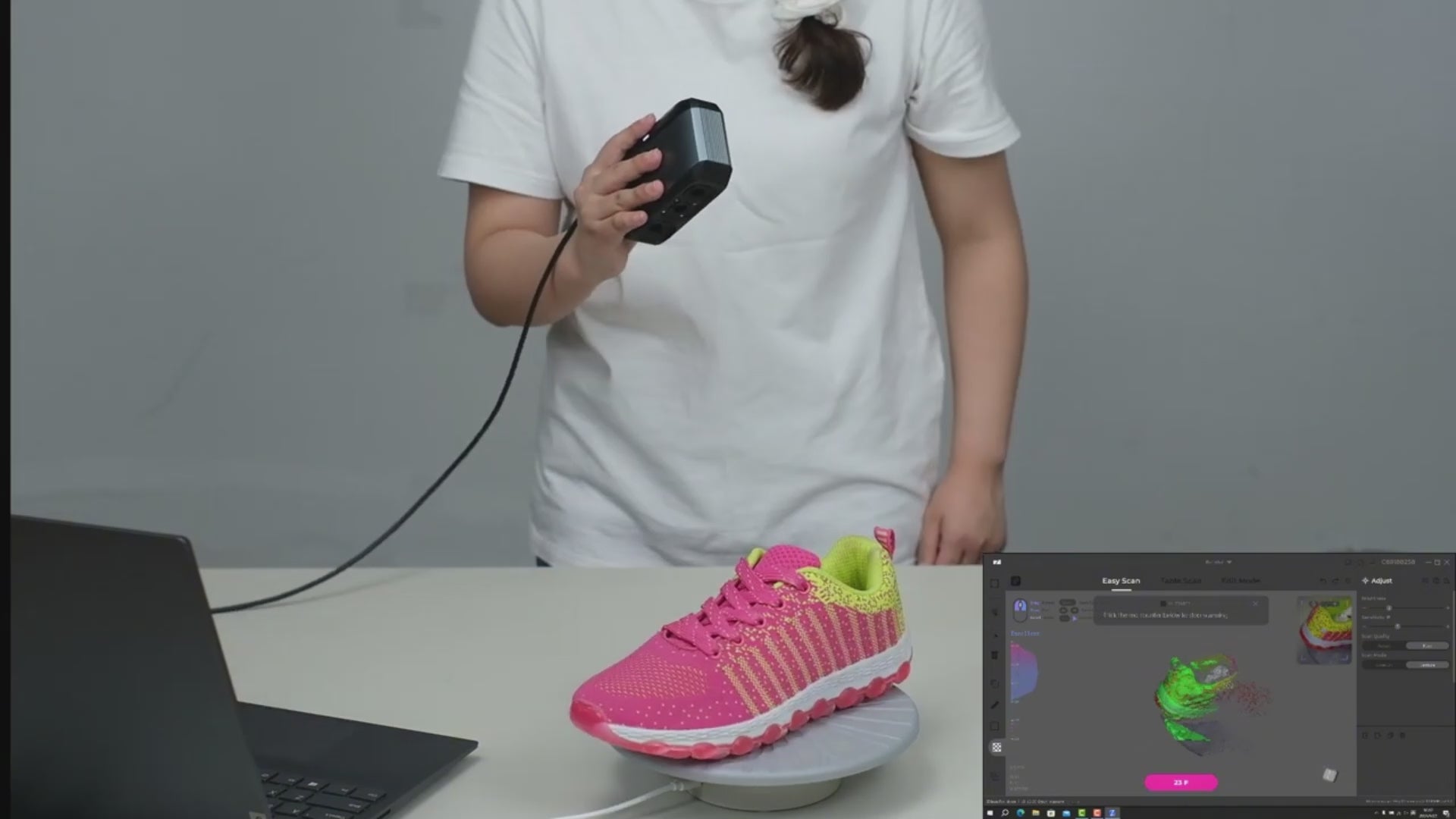
Furniture Design
The furniture design industry also benefits significantly from 3D scanning. Designers can create custom pieces tailored to specific spaces, making the design process more personal and relevant to individual consumers. This technology aids in the restoration of antique furniture, enabling artisans to accurately replicate intricate details and preserve the craftsmanship of the past while addressing contemporary needs. The Lynx scanner features a large capture range of 100 to 2000 mm, enhancing its versatility in various design applications.
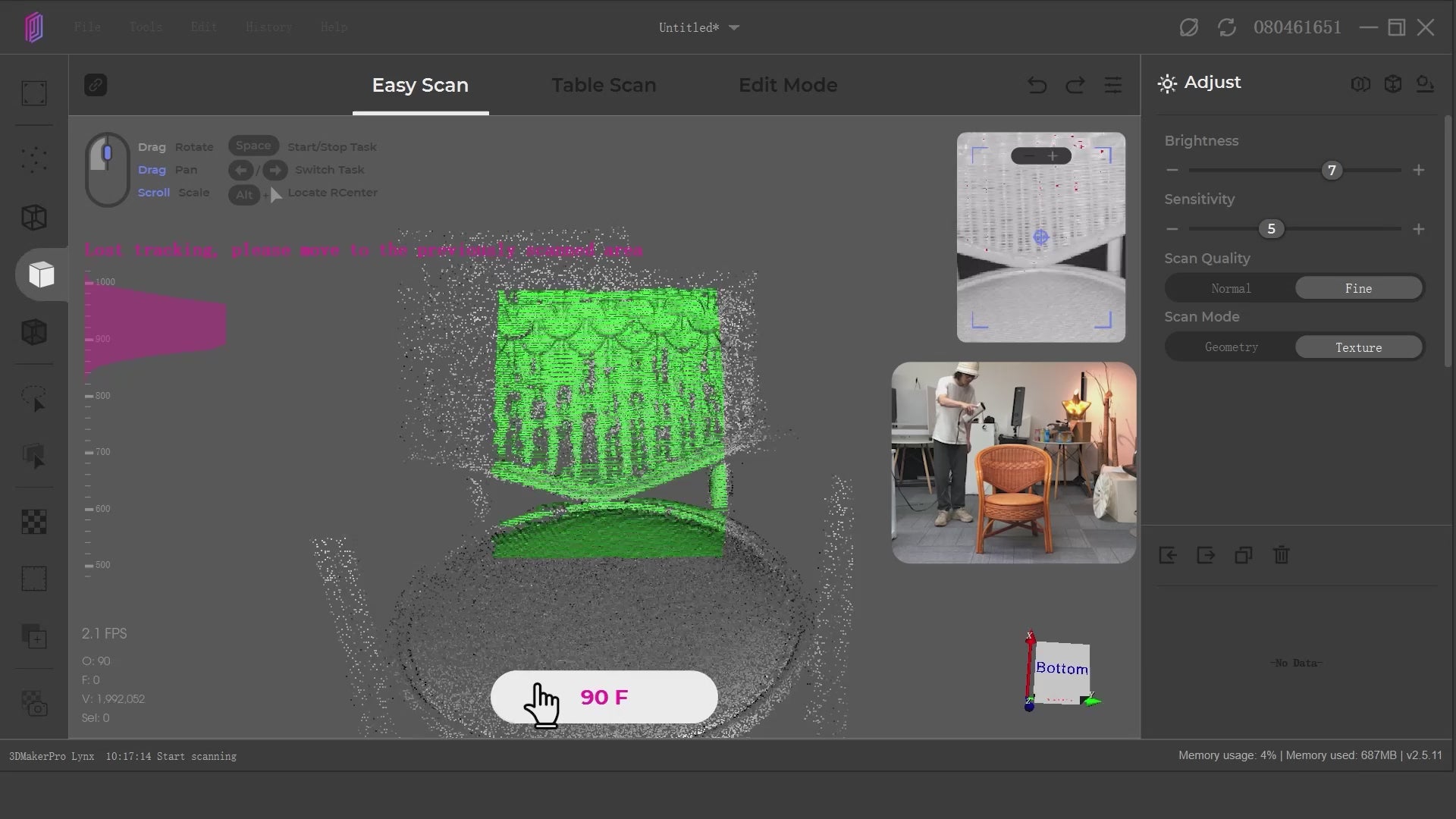
Artwork Preservation
3D scanners play a crucial role in the preservation of artworks. Museums can utilize Lynx scanners to create digital models of large artifacts, such as porcelain pieces and sculptures, for exhibitions, as well as for artifact restoration. Meanwhile, everyday users can employ Moose scanners to capture smaller, more delicate items, allowing them to store images and documents for preservation. This technology not only helps protect cultural heritage but also makes it accessible for future generations.
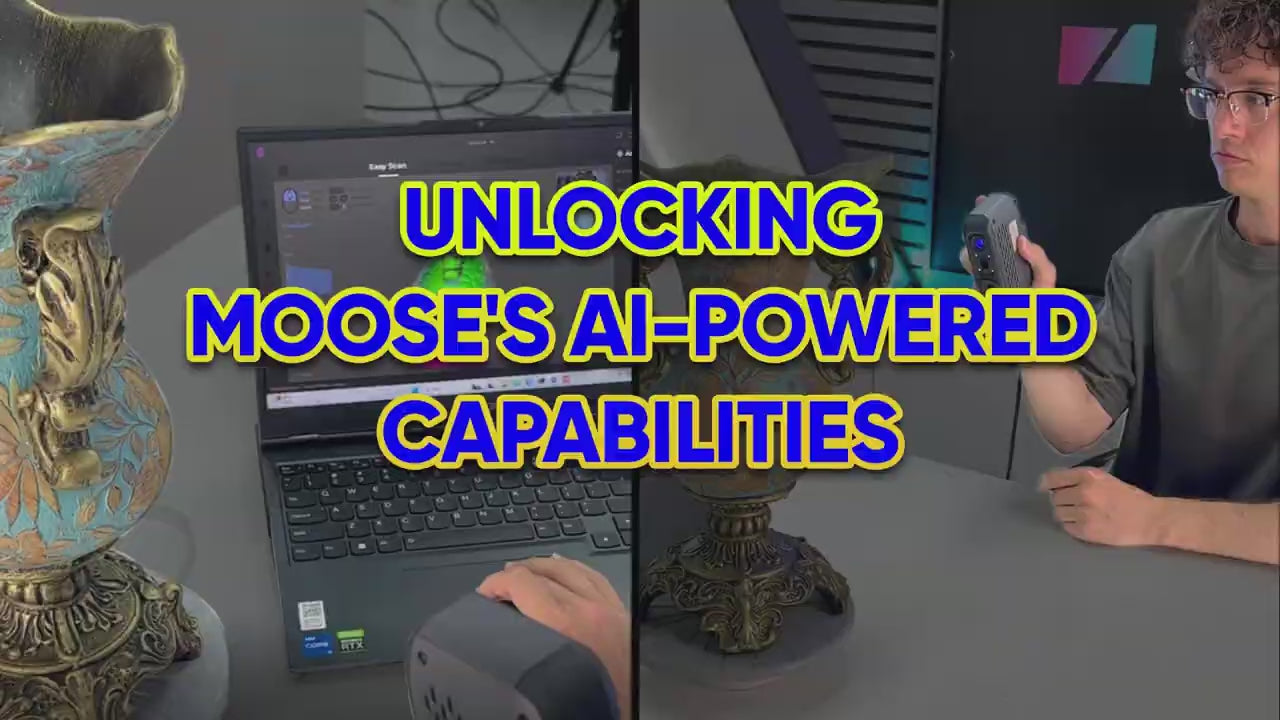
Lynx Scanner V.S. Moose Scanner
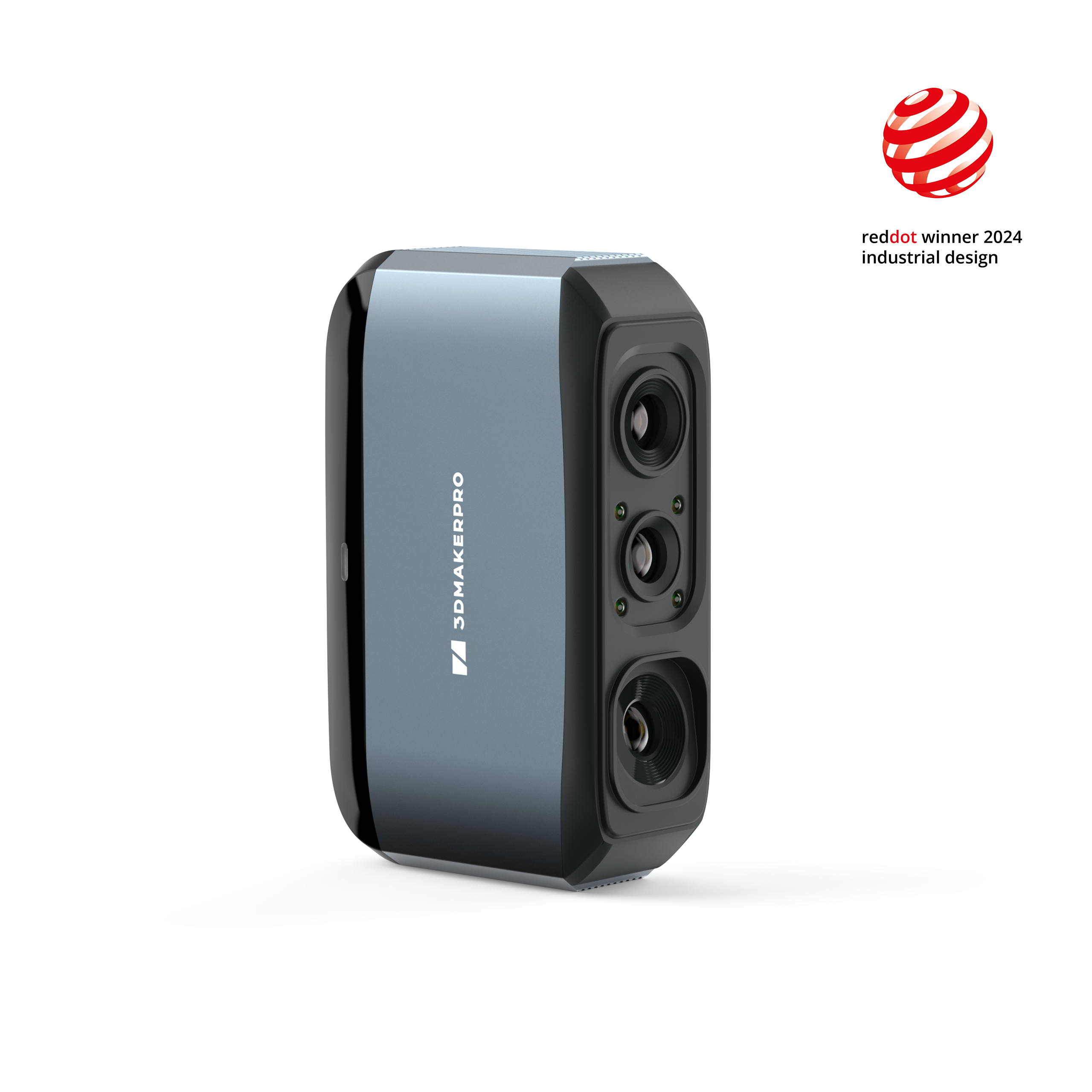
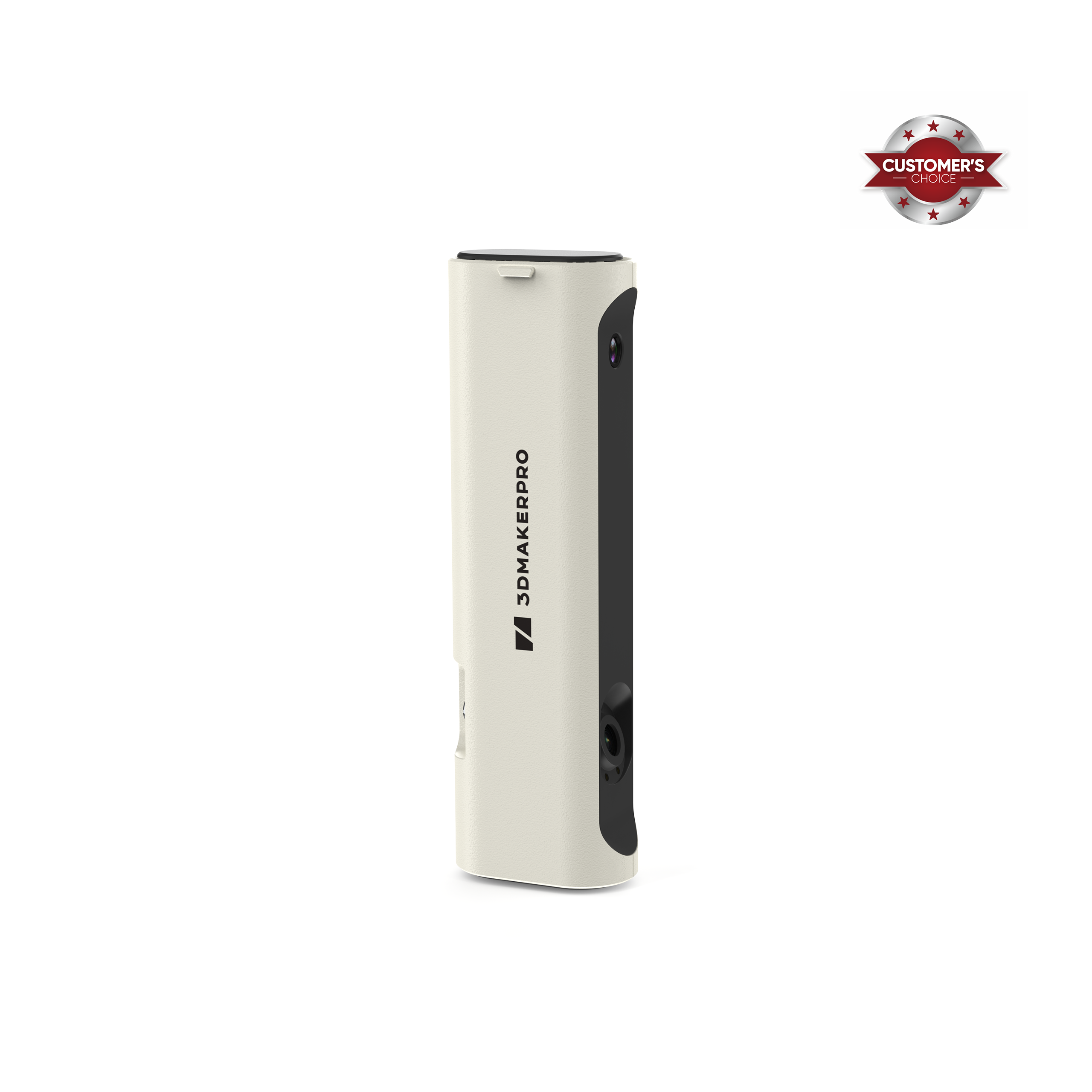


0.03mm
0.10mm
0.07mm
0.30mm
15-1500mm
100-2000mm
AI Visual tracking
Visual tracking
150-400mm
400-900mm
200x100mm
250 x 400mm
Blue LED
NIR
24-bit color textures
Extended support
115×70×35mm
244x75x48mm
280g
800g
Success Stories 1
LYNX scanner Review from 3DMakerpro also comparing it to the Mole scanner
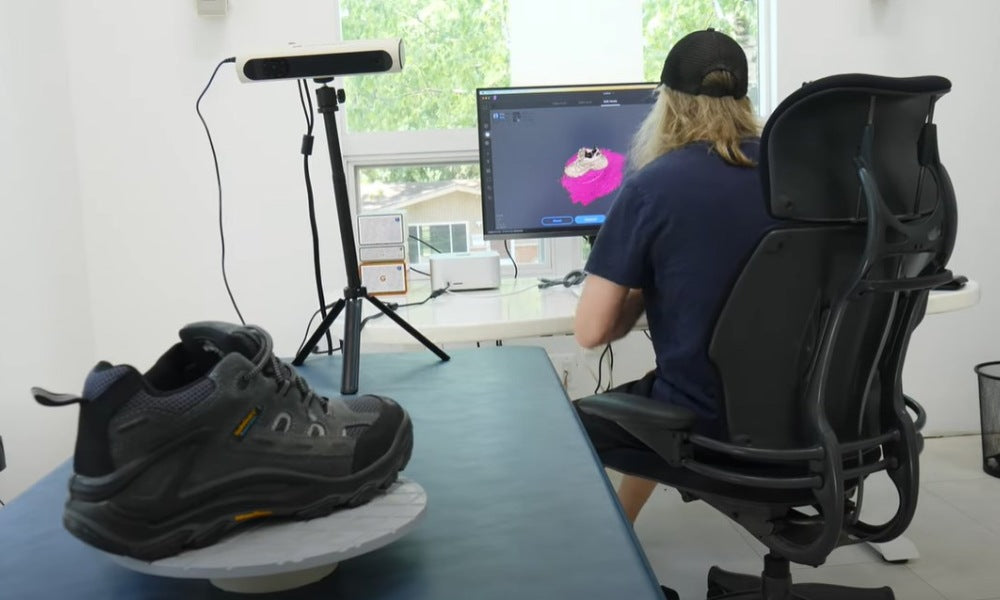
Success Stories 2
Watch this guy scans his feet and creates a custom shoe sole that fits perfectly! Moose 3D Scanner
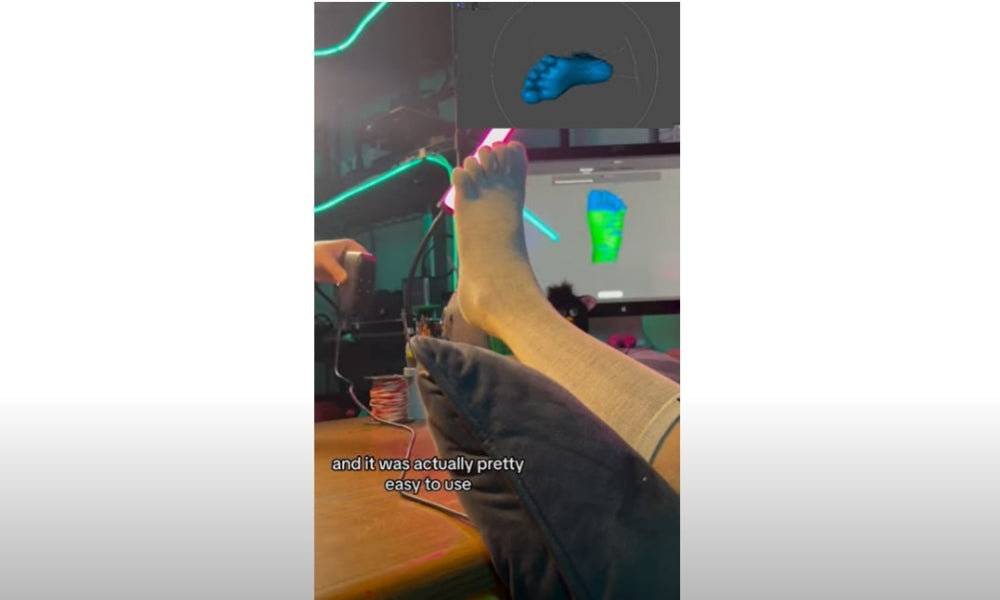
Success Stories 3
Ever wanted a miniature replica of your fave sofa? #3dmakerpro #3dscanning
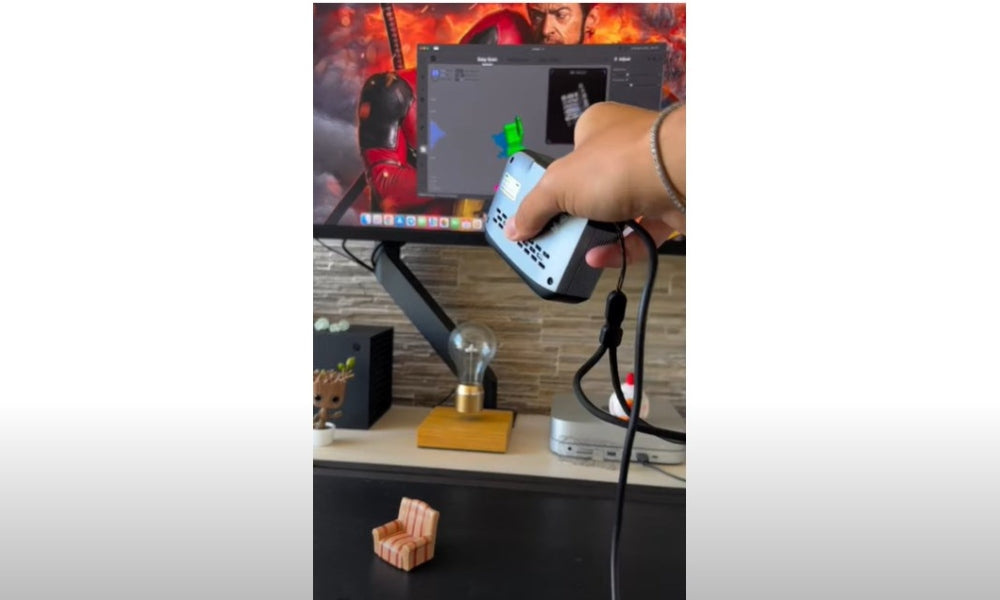
Success Stories 4
Can the 3DMakerPro Moose Save My Sculpture with 3D Scanning?
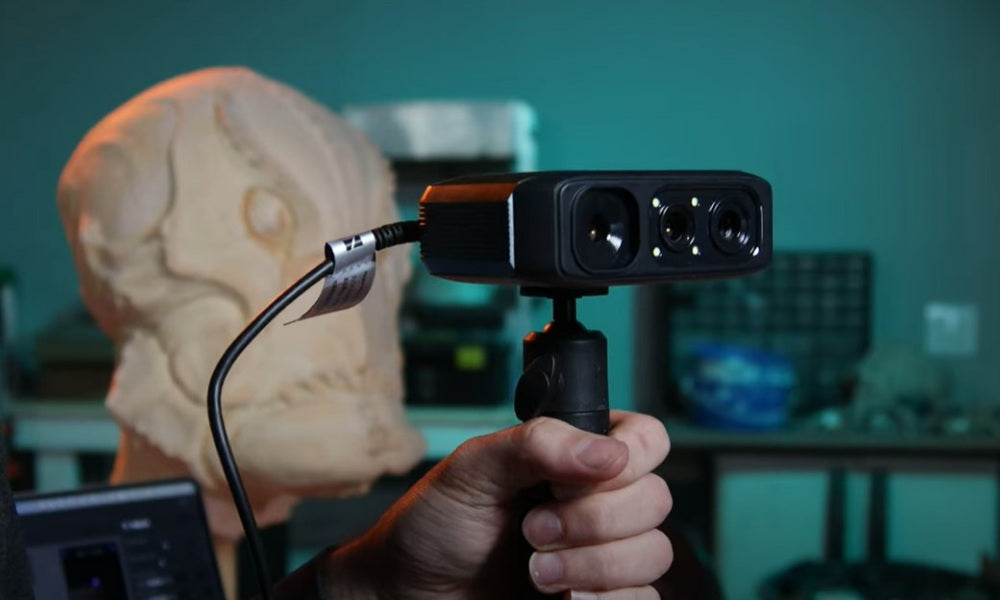
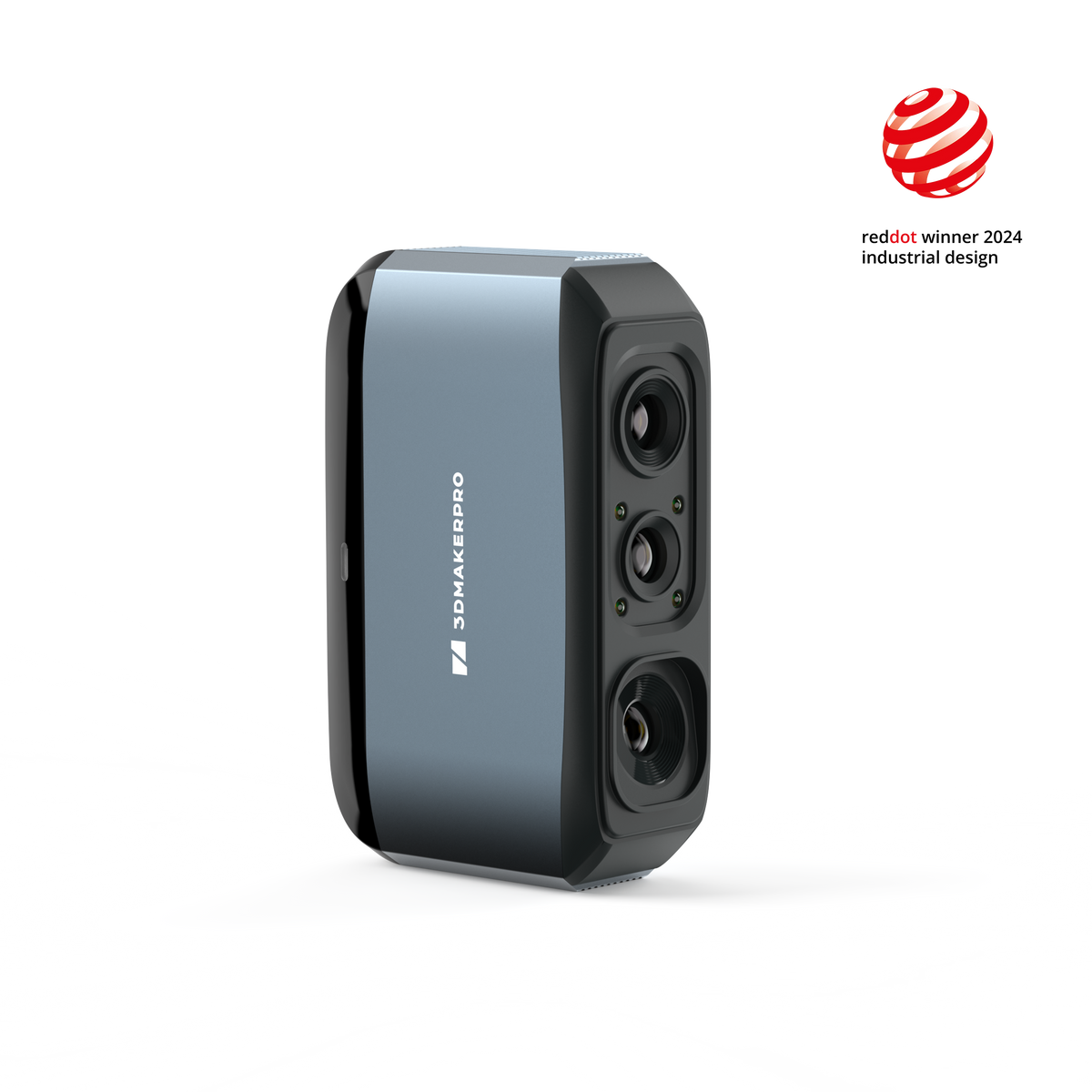
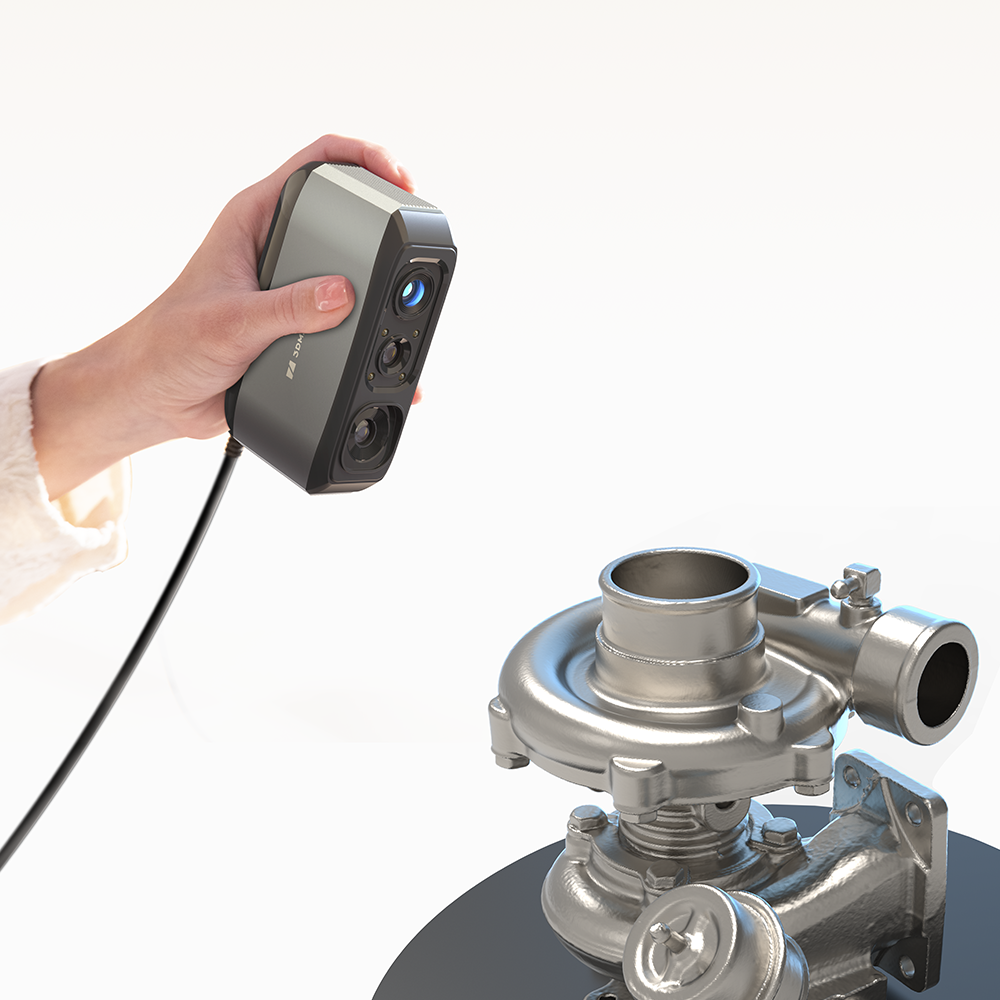
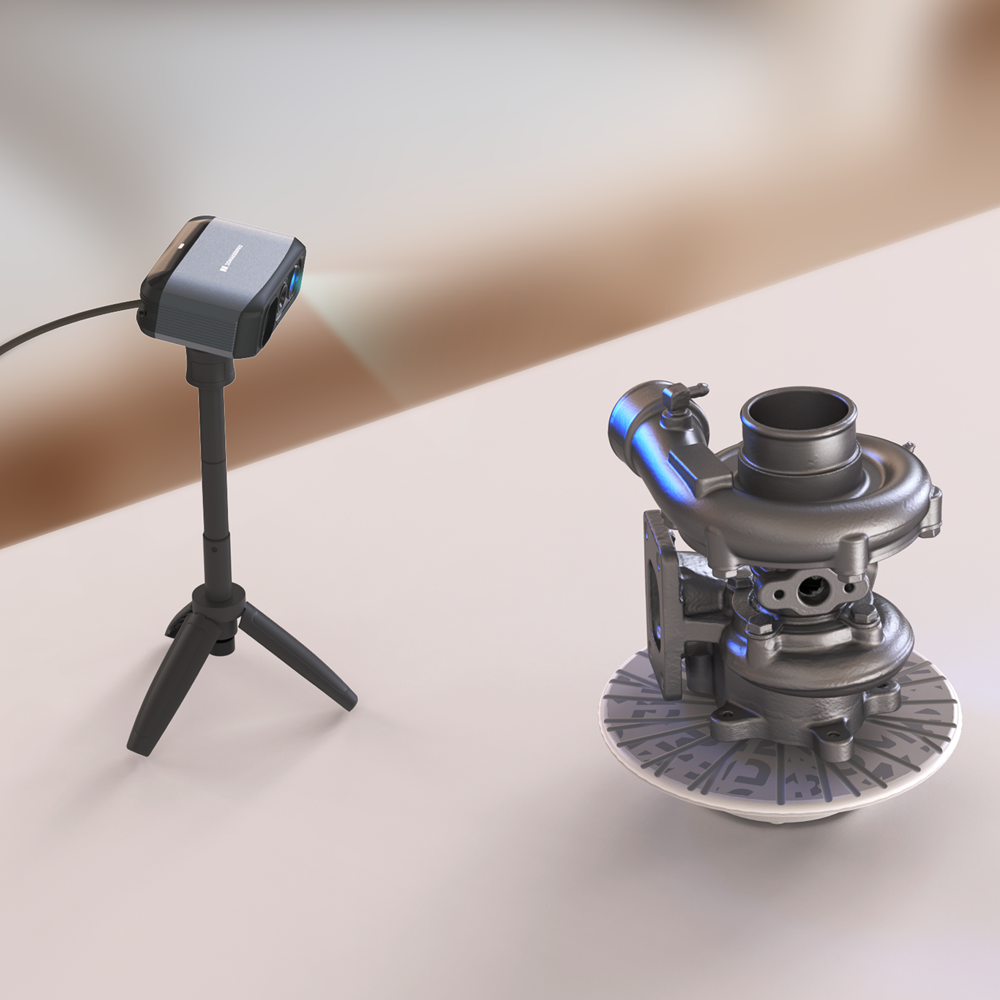

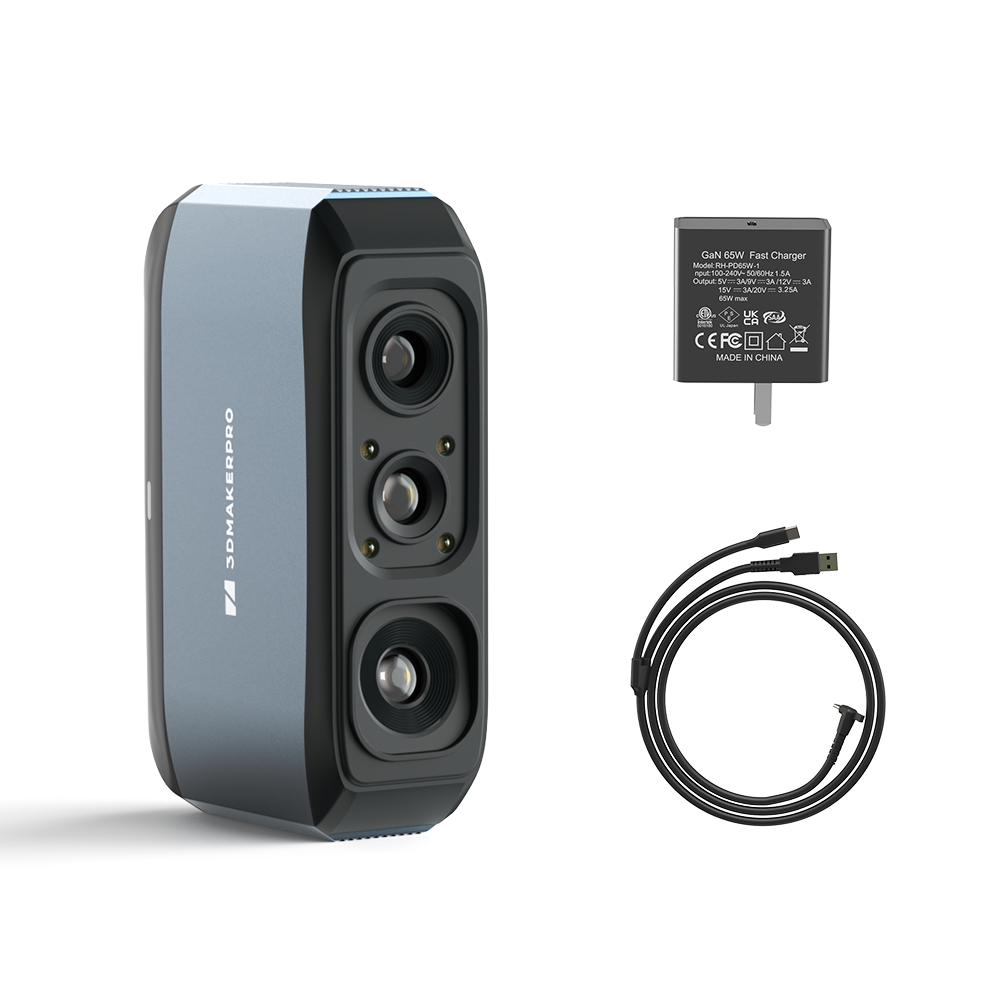

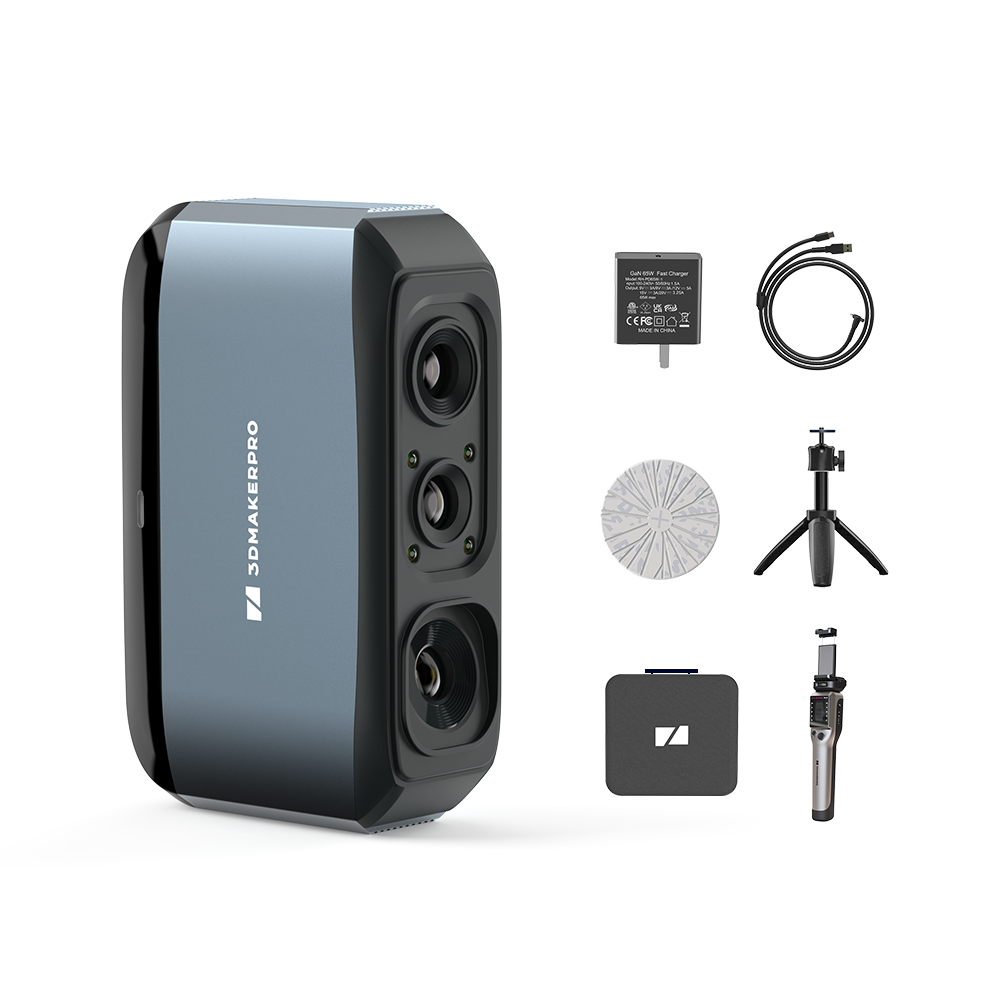
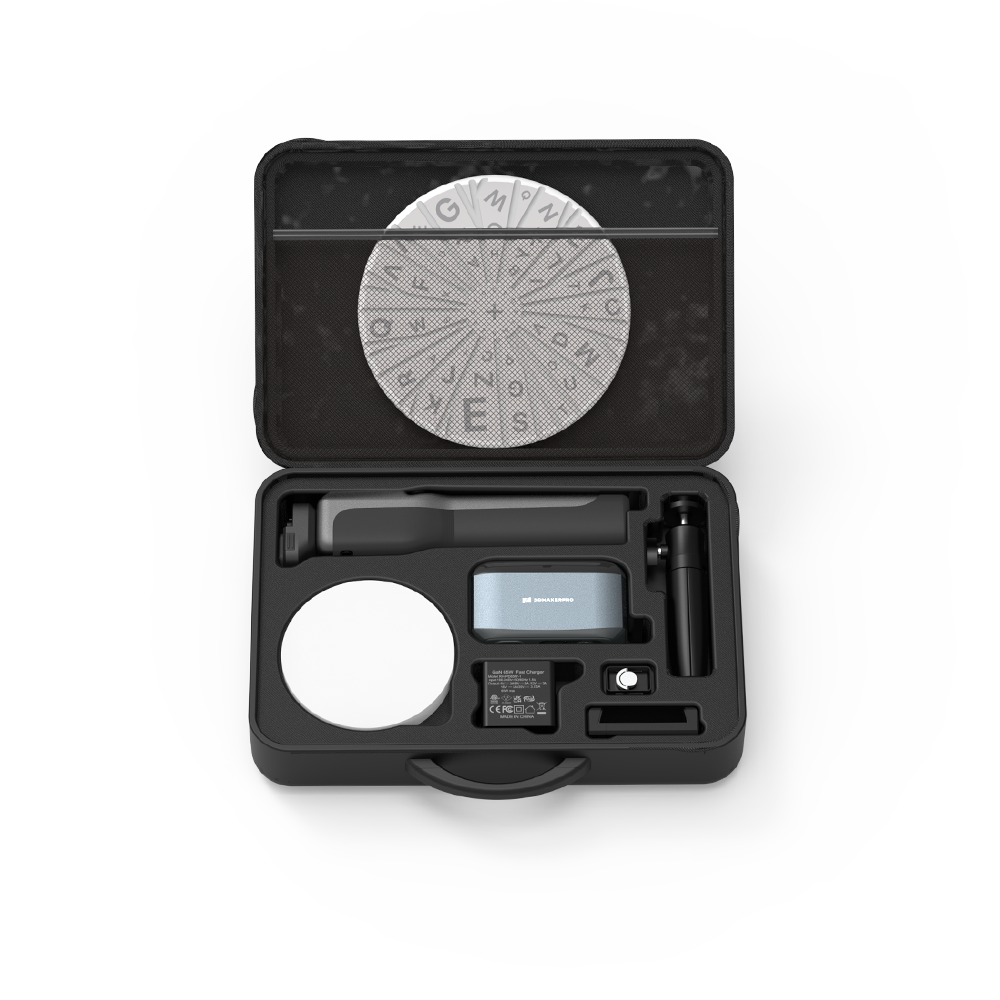
Moose 3D-skanneri
